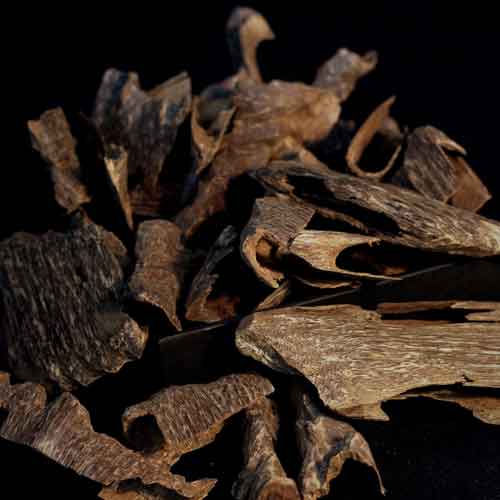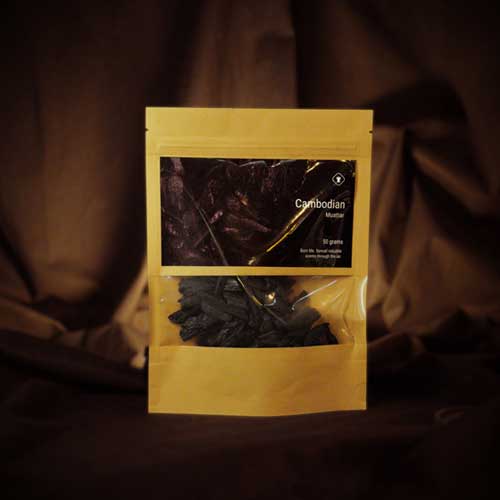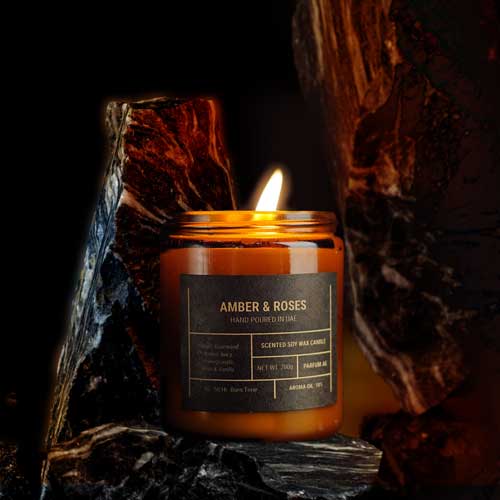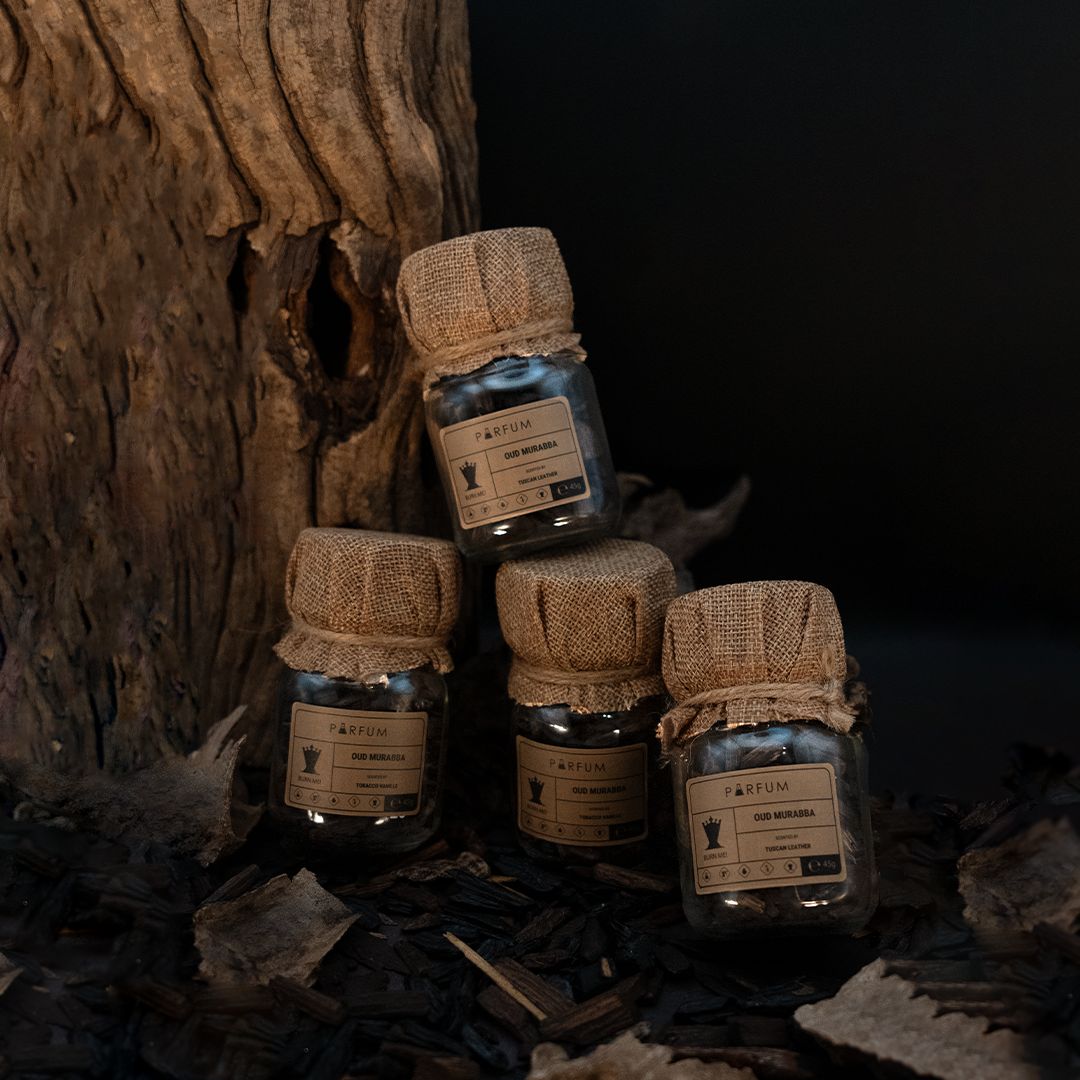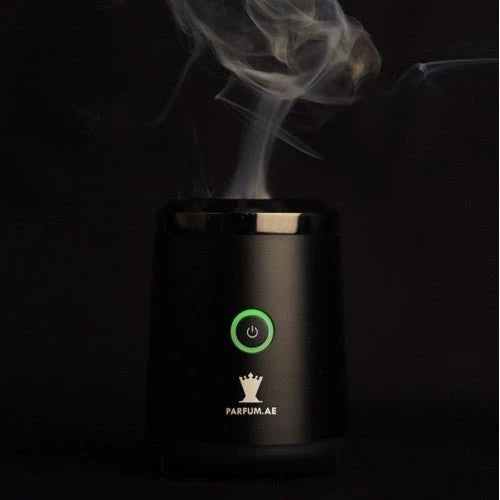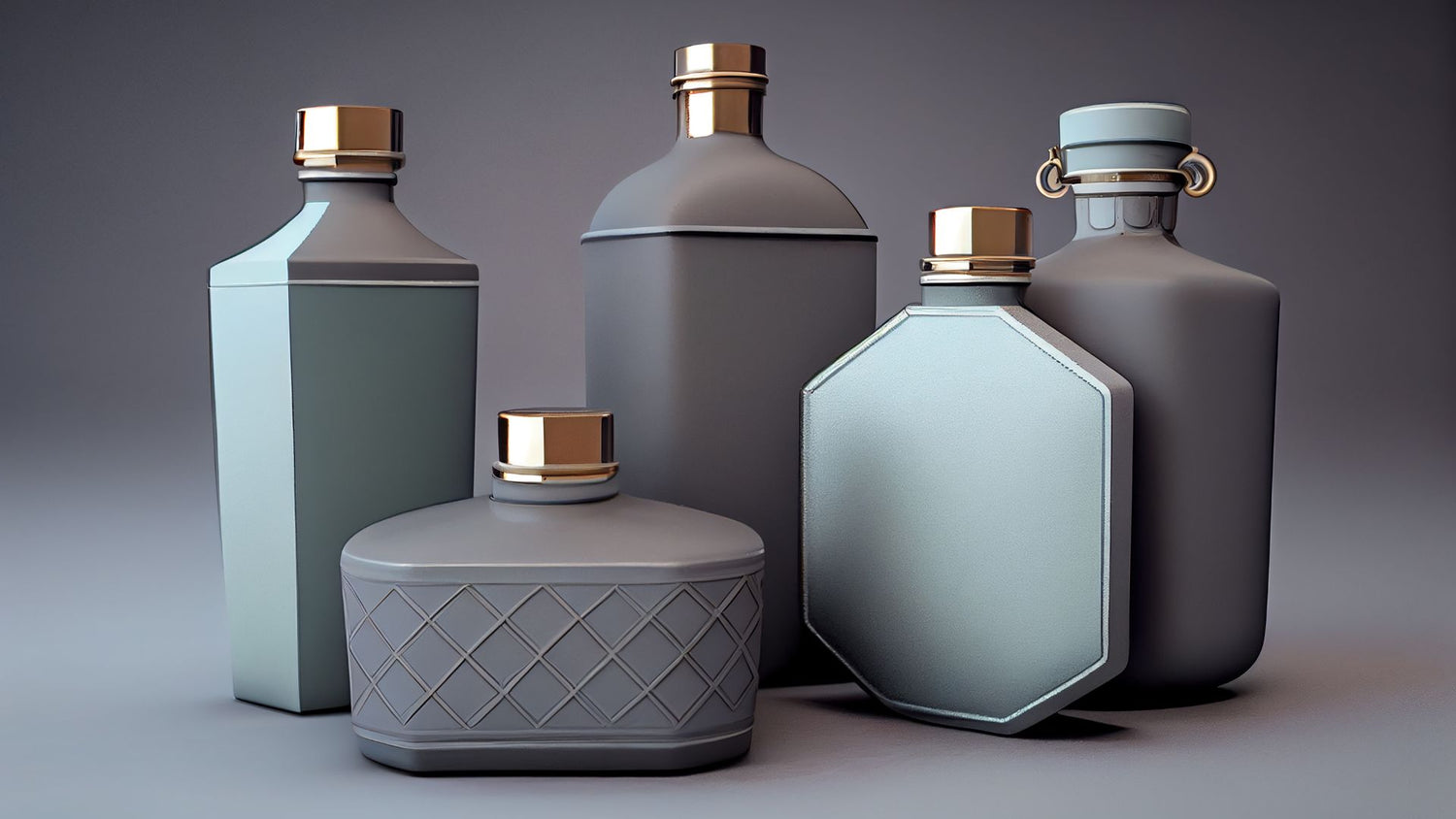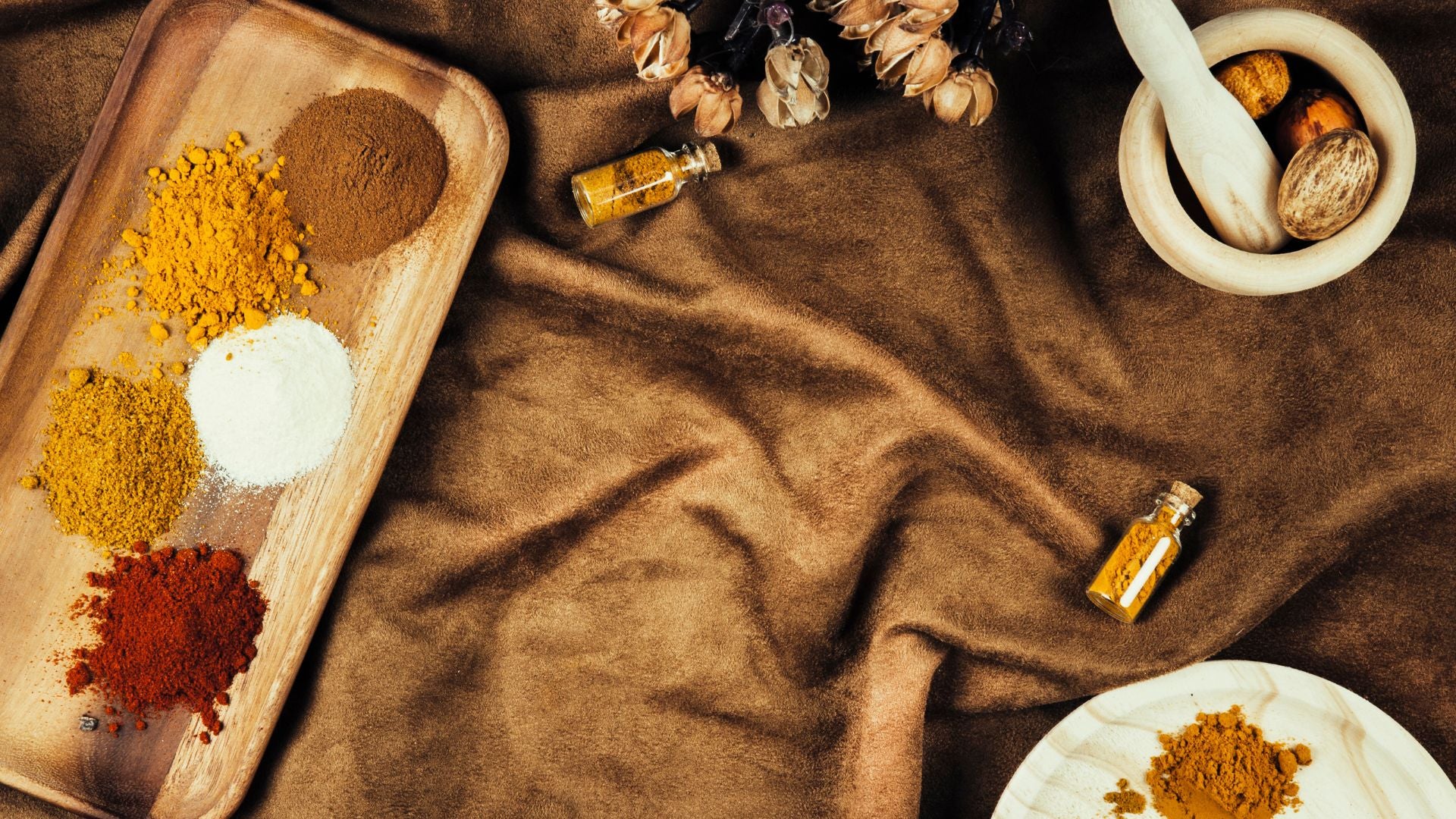The Art of Perfume Bottles: Design and Symbolism
Perfume is more than just a fragrance; it is an experience that engages the senses, evoking emotions, memories, and even a sense of identity. While the scent itself is the star of the show, the vessel that contains it—the perfume bottle—plays a crucial supporting role. Over the centuries, the art of perfume bottles has evolved, with designers creating exquisite pieces that are as much about visual appeal as they are about practicality. This article explores the intersection of design, symbolism, and the allure of collecting perfume bottles, revealing why these small works of art captivate collectors and perfume enthusiasts alike. Want to buy a fragrance with a good looking bottle? Visit parfum store
The Evolution of Fragrance Bottle Designs
The history of perfume bottles dates back thousands of years, with some of the earliest examples found in ancient Egypt, Greece, and Rome. In these cultures, perfumes were not only used for personal adornment but also for religious rituals and burial rites. The vessels that held these precious liquids were crafted from materials like glass, alabaster, and gold, often adorned with intricate designs and symbols.
Fast forward to the modern era, and fragrance bottle designs have become a crucial aspect of a perfume's identity. Designers and brands recognize that a bottle is the first point of contact between the consumer and the fragrance, and its design must convey the essence of the scent it contains. The best perfume bottle designs are those that reflect the mood, theme, and even the ingredients of the perfume, creating a cohesive experience that begins with the eye and ends with the nose.

The Symbolism Behind Perfume Bottles
Perfume bottles are not just containers; they are symbols that represent the fragrance within. The shape, color, and embellishments of a bottle can convey different meanings and emotions. For instance, a sleek, minimalist bottle might suggest a modern, clean scent, while an ornate, vintage-style bottle could hint at a rich, complex fragrance.
Perfume paintings and sketches of perfume bottles often depict them as symbols of luxury, femininity, and elegance. These artistic representations capture the allure and mystique of perfumes, further elevating the status of the bottles themselves as objects of desire.
One notable example is the classic Chanel No. 5 bottle, designed by Coco Chanel herself. Its simple, rectangular shape with a clean, minimalist label has become iconic, symbolizing timeless elegance and sophistication. On the other hand, more avant-garde designs, such as the surrealist cologne bottle design by Salvador Dalí, reflect the artistic and imaginative possibilities of scent bottle creation.
The Art of Collecting Perfumes
For many enthusiasts, collecting fragrances goes beyond amassing fragrances - it is about appreciating the artistry of the bottles. Collectors often seek out limited-edition releases, vintage bottles, and those with unique or historically significant designs. The value of these bottles is not just in the rarity of the fragrance but also in the craftsmanship and design of the bottle itself.
Some collectors focus on specific themes, such as Art Deco or mid-century modern designs, while others might be drawn to bottles designed by famous artists or fashion houses. The thrill of discovering a rare or beautifully designed bottle can be as intoxicating as the scent it holds.
In addition to private collections, many museums around the world showcase the art of perfume through exhibitions that highlight the history and design of perfume bottles. These exhibitions often feature sketches of perfume bottles, offering a glimpse into the creative process behind these miniature masterpieces.

The Impact of Design on Perception
The design of a perfume bottle can significantly influence a consumer's perception of the fragrance. A well-designed bottle can evoke curiosity, desire, and a sense of connection with the perfume, making it more likely that the consumer will choose that fragrance over another.
In contrast, ugly perfume bottles can have the opposite effect, potentially deterring consumers even if the scent is exceptional. This underscores the importance of thoughtful and intentional design in the fragrance industry, where first impressions are often formed visually.
The best perfume bottle designs are those that resonate with the consumer on both an aesthetic and emotional level. They capture the essence of the fragrance, tell a story, and create a lasting impression that enhances the overall experience of using the scent.
Conclusion: The Timeless Appeal of Perfume Bottle Design
The art of perfume bottle design is a fascinating blend of creativity, symbolism, and functionality. These bottles are more than just containers for fragrance; they are artistic expressions that capture the essence of the scent they hold. Whether through classic designs like Chanel No. 5 or avant-garde creations by renowned artists, fragrance bottles continue to enchant and inspire.
For collectors and enthusiasts, the allure of collecting them lies not just in the scents themselves but in the stories told by the bottles. From perfume paintings that immortalize these vessels as symbols of beauty and luxury to the evolving trends in fragrance bottle designs, the world of perfume bottles is one of endless fascination and timeless appeal.

